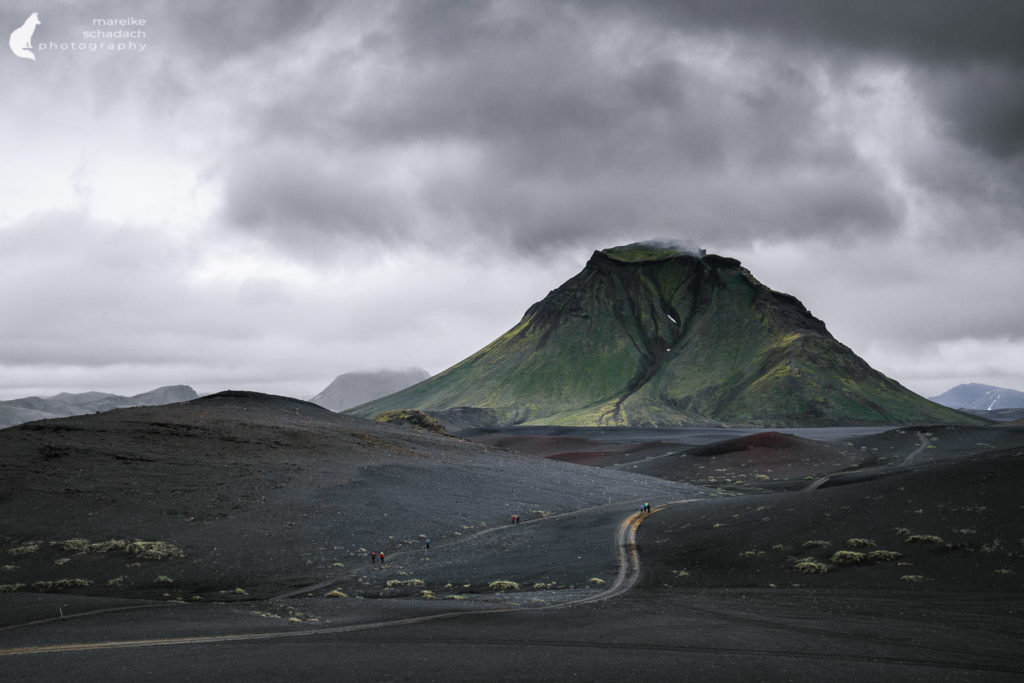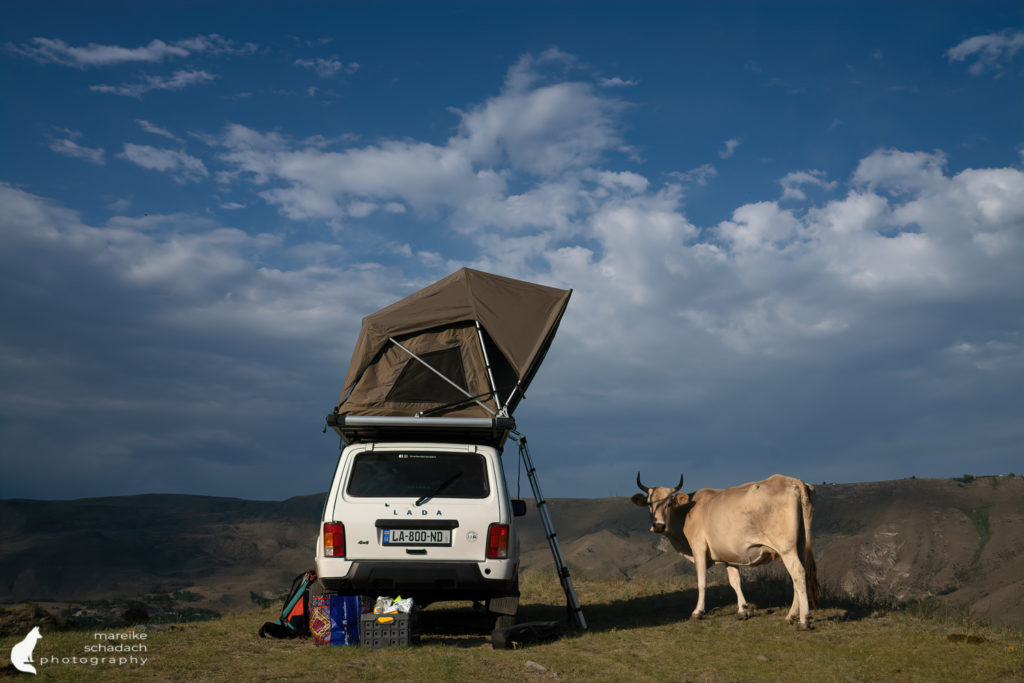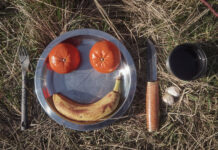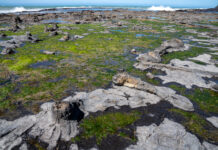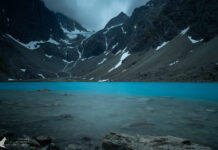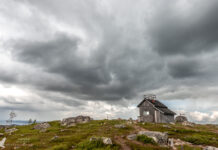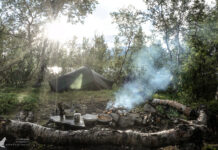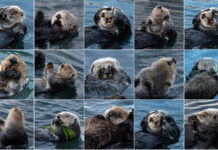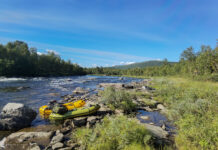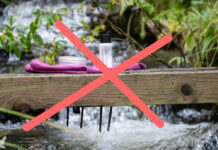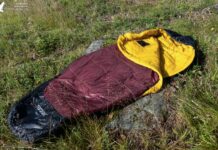Google keeps track of everything. The smart search engine even knows how often the terms "camping", "nature", and "nature camping" were googled within Germany in the last three months. Google provided an answer for the expression "nature friendly camping" as well. This, however, raises some questions. I'll come back to them later. First the statistics:
- Camping 1 million-10 million.
- Nature camping 10.000-100.000
- Sustainable camping 10-100
- Nature friendly camping 1-10
A short time after my keyword research I stumbled across an advertisement. Since Google knew that I like to go camping, it suggested a solution to make camping more comfortable and convenient in the future: an air conditioner for my tent! Wow!!! Impressive was also the picture, how the camping couple in front of the tent lets the air conditioner blow the cold air into their faces. Of course everything ecologically with solar power. The solar panel is available in addition...
Is a solar-powered air conditioner for the tent the only thing the Internet can offer us regarding sustainable camping?
I am preparing a hiking and camping trip to the Lofoten Islands. The group of islands north of the Arctic Circle is a magnet for all nature lovers and photographers and is more than well visited during the season. Therefore, responsible behavior in nature is especially important. While preparing for the trip, I was able to find a few more ideas for sustainable camping on the internet. In the following you can read how to make your camping trip more nature-friendly and sustainable.
# 1 Is it allowed or not? Free camping in nature
Some countries allow free camping in nature. However, most countries do not. In addition, differences are made whether you are traveling with a motorized vehicle or not. Check beforehand for your destination. Also check whether there are any protected areas where additional or different rules may apply.
Wild camping is generally prohibited in Germany. Alternatives to camping are the increasingly numerous trekking sites. However, one must reserve or arrive early, as only a few sites are available. For boaters, there are specially marked rest and camp sites. You can find them, for example, in the DKV river guides or in the water sports maps from Jübermann-Verlag.
If you are traveling by camper, you will find beautiful, individual sites for example at Alpacacamping .


# 2 Friluftsliv and Everyman's Right
You are planning a camping tour in Scandinavia? Inform yourself about the Everyman's right applicable in the respective country. Even if many campers associate with the Everyman's Right a boundless freedom - this is wishful thinking. There are rules and limits. And if you don't know them, you will quickly make a faux pas. And the more faux pas are set in nature, the more restrictions there will be at any given time. And rightly so. We only have one nature. And this is not an infinitely renewable resource.
Here you can read the rules for Norway, Sweden and Finland . For protected areas there are often additional rules. Check on the internet or ask at visitor centers or local tourist information. They appreciate everyone who is responsible and proactive with nature.
In Denmark, the Faroe Islands and Iceland, the Everyman's Right is much stricter or non-existent.

# 3 A good campsite is found, not made.
It is not difficult to find an official campsite on the map. It is more difficult to book a place on one of the trekking sites. If there is no camping or trekking site and it is legally allowed, one has to look a bit closer to find a good pitch for the tent:
On a good campsite, the tent does not get in the way of other hikers or animals that want to get to the watering hole. If there are a lot of animal tracks at an inviting place, this is a clear sign that your tent would disturb here and you might even get animal visitors during the night. A good choice is a place where you will affect nature as little as possible. A surface of rock, stone, sand, gravel, snow or dry grass is much less sensitive than moss and swampy terrain. If you wear soft shoes in the camp you will not only do your feet some good but also reduce the creation of trails around the tent. When you take down your tent the next morning, cover the tracks of the tent and try to put the flattened grasses back up. Why? By doing so, you will reduce the likelihood of attracting more campers to the site and creating a camp with obvious signs of use, soil compaction, and worn vegetation cover.
Adhere to the motto "Leave No Trace", do not disturb or destroy anything.


# 4 Who unpacks must also pack up
Does the following situation sound familiar to you: you reach a small shelter in the forest and at a distance of a few meters around the shelter white handkerchiefs are shining in the bushes? Paper handkerchiefs are made of cellulose, so they were originally made of wood. But manufacturers are making them more and more tear-resistant. This makes them increasingly durable, and it can take up to five years for them to fully decompose.
How long garbage takes to decompose depends on its composition and the prevailing environmental conditions. Some waste materials can harm ecosystems and permanently pollute nature with harmful residues (keyword microplastics). Often, trash becomes wildlife's fate or a deadly trap.
- Apple core: 2 weeks
- Banana peel: at least 6 weeks, often 1 to 2 years
- Orange peel: 2 to 3 years
- Paper bag: 6 weeks
- Cornflakes and cereal wrappers: 6 weeks
- Paper handkerchief: 3 weeks to 5 years
- Aluminum foil: 200 to 400 years
- Plastic bags: 100 to 500 years
- Plastic bottle: 450 to 5,000 years
- Tetrapack: 50 to 100 years
- Nylon fibers: 60 years
Source: Utopia.de
Wouldn't it be great if everyone repacked their trash and disposed it in the designated containers? Did the people who used the space in front of you leave anything lying around? I'm sure there's room in your trash bag for that, too. Nature will be thankful for it.
Garbage also includes supposedly natural things like leftover food or banana peels. Put these in your trash bag, too, to avoid attracting wildlife. Human waste is also waste. However, I will soon explain how to shit in the forest without shitting on nature in a separate article.


# 5 Preparing trekking food oneself and avoiding garbage
Trekking food is usually packaged in single portions, making it particularly convenient to prepare. This is convenient, but also produces a lot of waste. Cereal bars that are all individually wrapped or trekking food in thick, coated bags do not have to be. You can make your own granola bars in minutes and pack them in a more environmentally friendly way. With a little more time, you can dehydrate food and bag your homemade trekking meals in reusable Ziploc bags. There are plenty of trekking food recipes and instructions for dehydrating food on the internet. There are no limits to your creativity when putting together your trekking meals.



# 6 How to get there?
Probably the most relevant point for the nature friendliness of a trip is the way to get there. It doesn't matter if it's a camping trip or a hotel vacation. Many destinations within Europe can be easily reached by train. Long-distance hikes from A to B work best with public transportation anyway. And a train or bus ride can make the tour even more adventurous. Sometimes even in a positive sense. Sure, the DB is not exactly known for punctuality and frequent changes with a lot of luggage is annoying. But sometimes the journey is the destination and traveling slowly helps to arrive at one's destination mentally and physically at the same time.
I have made a commitment to myself to reduce my own flights and to look for alternatives to flying before every trip. That also means to consider the destination or at least to change to bus and train on the spot. This summer I will travel mostly by train and in Lofoten we will be completely on foot or by public bus.


# 7 The equipment: buy or rent? New or used? Repair or replace?
The outdoor industry advertises limitless freedom, adventure and self-fulfillment. You only need to buy this and that and you're in. But do you really need everything yourself? Do you have to buy your own pulka for a week-long tour? Do you need a GPS or can you borrow one from a friend? Do you need a fourth or fifth fleece?
Some outdoor outfitters as well as youth hostels or tour companies offer rental equipment at moderate prices. This saves raw materials, energy and money. And everyone who rents something on site doesn't have to carry it there.
And if it should be your own ski equipment or your own kayak at some point, then maybe something used will do? Or the other way around: equipment that is no longer needed might make someone else happy and go on another great tour with its new owner? This is better than throwing them away or letting them collect dust in the cellar.
Everything that is used can also break down. But do you really have to throw it away and buy something new? Many things can be repaired with simple steps. Some outdoor outfitters have even set up their own repair department. This is much cheaper than buying something new.
Tip: When buying boots, make sure that they can be resoled.
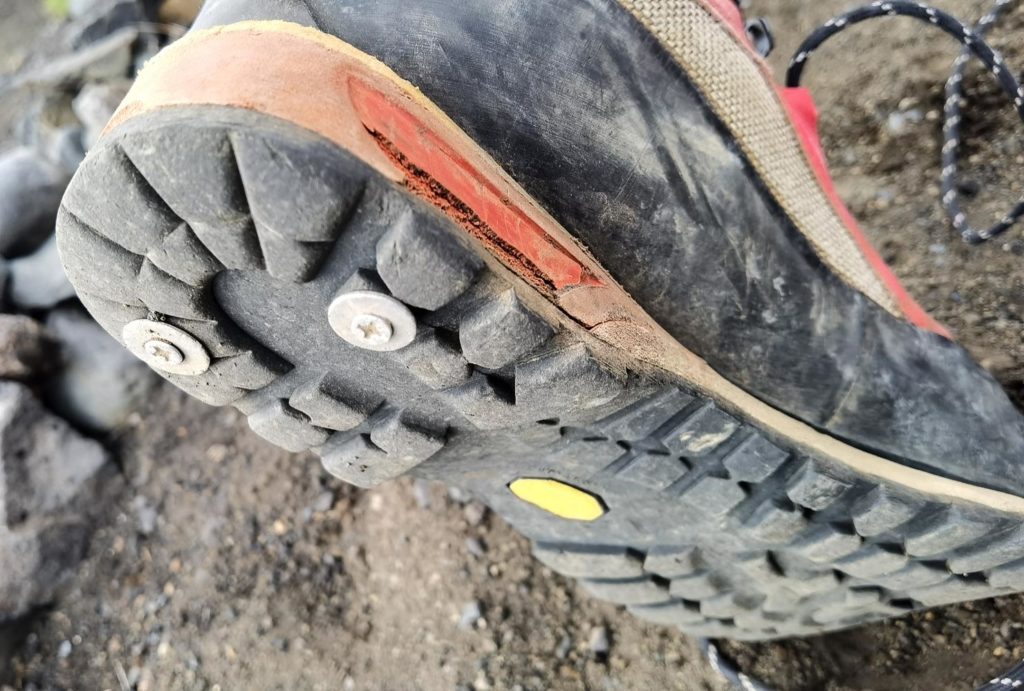

# 8 Sustainable Outdoor Clothing
The term sustainability is increasingly common in connection with outdoor items. Sometimes as an empty phrase, but often with concrete content. Recycled materials, merino wool from happy sheep, PFC-free membranes or down without live plucking are some points that are advertised.
The best and simplest tip is this: Look at what you are buying beforehand. Compare different suppliers. Buy only what you need and don't buy cheap items at the expense of nature.
Book tips for sustainable Camping
You want to know more about nature-friendly and sustainable camping? Then I have three book recommendations* for you.
If you buy a book or another article via an affiliate link, I get a small commission and you help me to keep filling Wanderweh-Motive with interesting articles. The product will not be more expensive for you.
Do you have any comments or suggestions about my article? If yes, then write me a comment!
Do you want to know when there are new articles on my blog? Then follow me on Facebook, Pinterest or Instagram. I would also be very happy if you share my article with your friends.
Recommendations for further Reading
You are still looking for an idea for your next camping trip in nature? Then take a look at my two following articles:




